|
Wishbone Chair – Design ShowcaseThe Wishbone Chair (CH24), is a beautiful, light and sculptural dining chair that has been in production by Carl Hansen & Son since 1950. 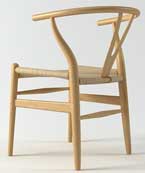
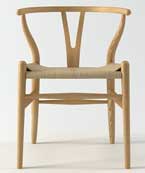
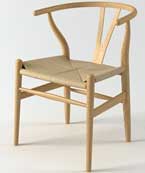
Designed in 1949 by Hans J. Wegner, it’s inspired by Chinese Yuan Qi ceremonial chairs of the Ming Dynasty. Also known as The Y Chair, the top rail curves gently to form arm rests that provide freedom of movement. 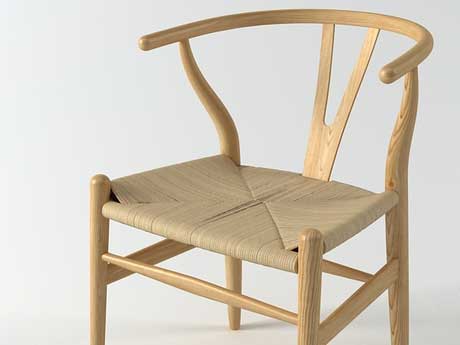
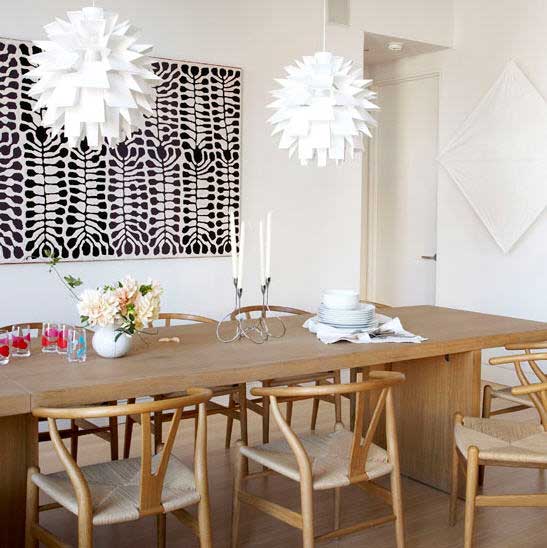
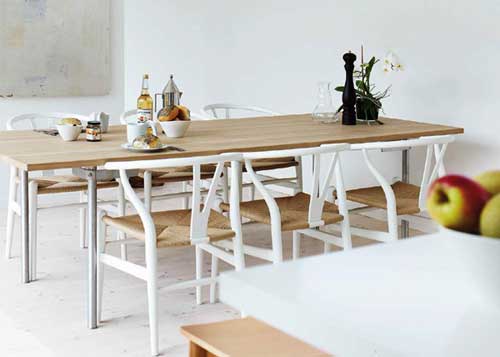
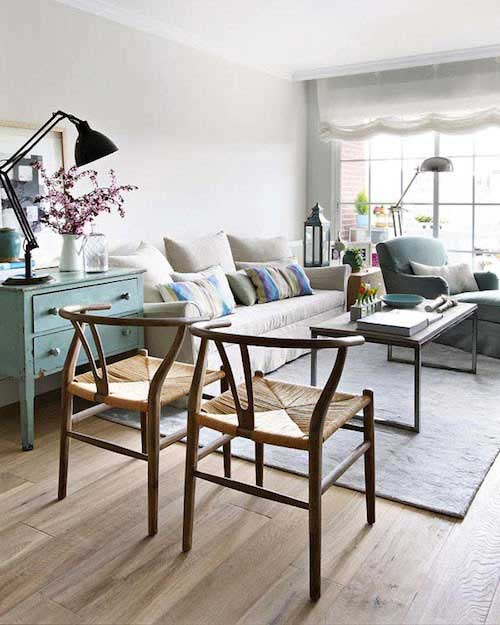
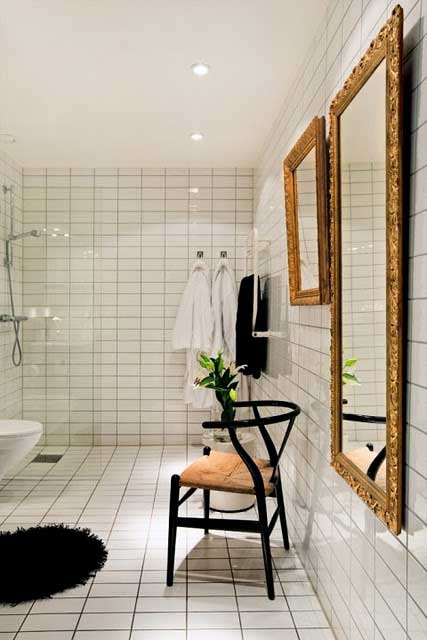
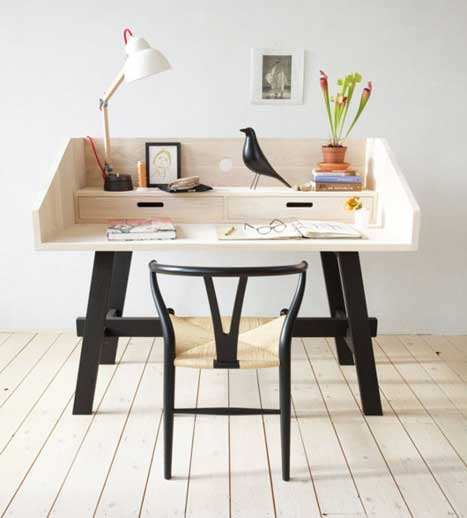
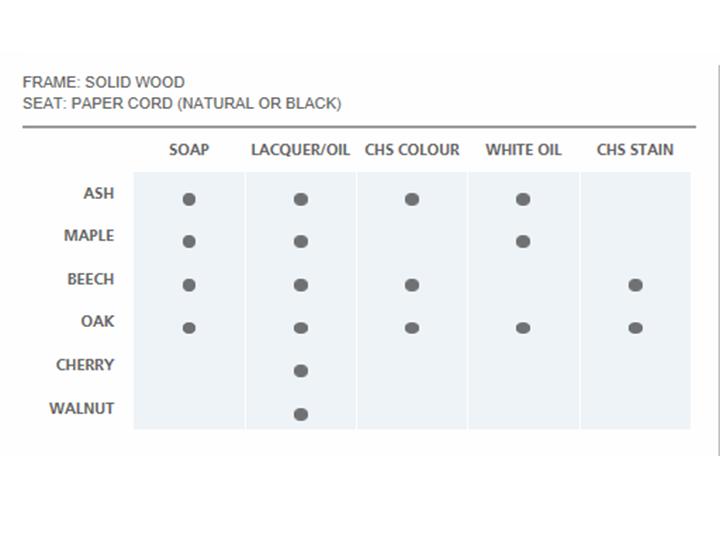
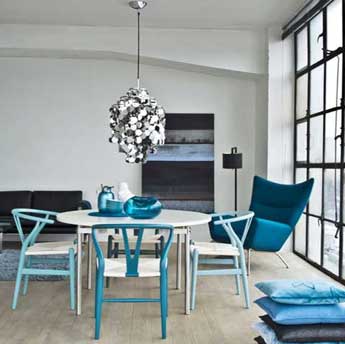
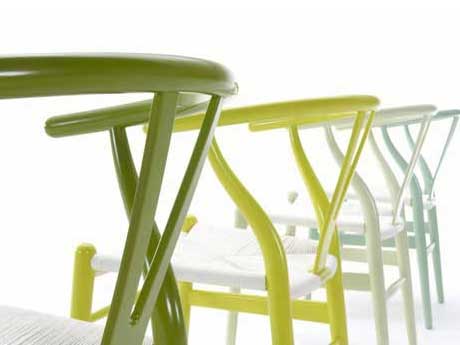
Wishbone Chair – Avoid the FakesGiven the popularity of this chair, counterfeits are inevitable. How can you identify the real deal and avoid the fakes? Some tips: Purchase from an authorized dealer. You can get a list from Carl Hansen’s website here A new piece costs between USD$750 to USD$760, without shipping. If the price is too good to be true, you should be on guard and check for other details such as… As mentioned above, the frame of an authentic Wishbone Chair is in solid wood. The finishing should be solid, sleek, and near flawless. Inspect also the contours, and the seat. The seat should be in paper cord, not nylon or synthetic. The weaving should be tight, at near-perfect 90-degree angles and the front left should be exactly the same as the front right.
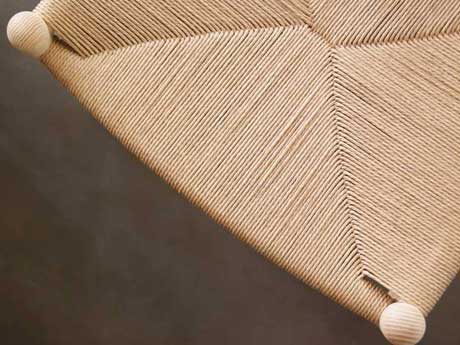
Another check you can do to authenticate the product are the dimensions (see below). The numbers are in centimeters, so the chair’s height is 75 cm or 29.53 in. 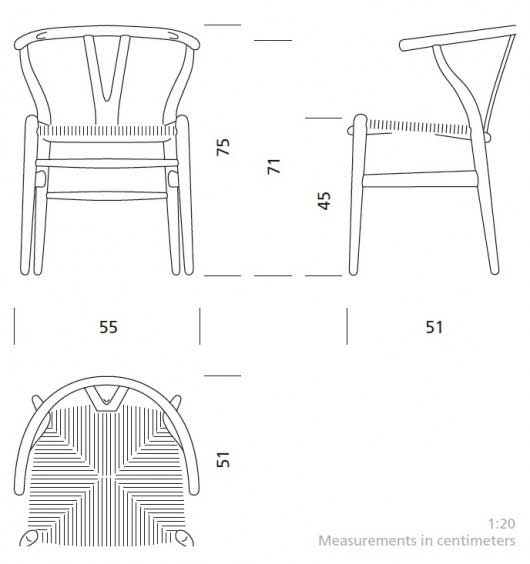
Both vintage and current versions of this iconic chair feature a label at the underside, on the back. A recent piece will have a label that displays the Carl Hansen & Son logo, Hans J. Wegner’s signature, and a serial number. 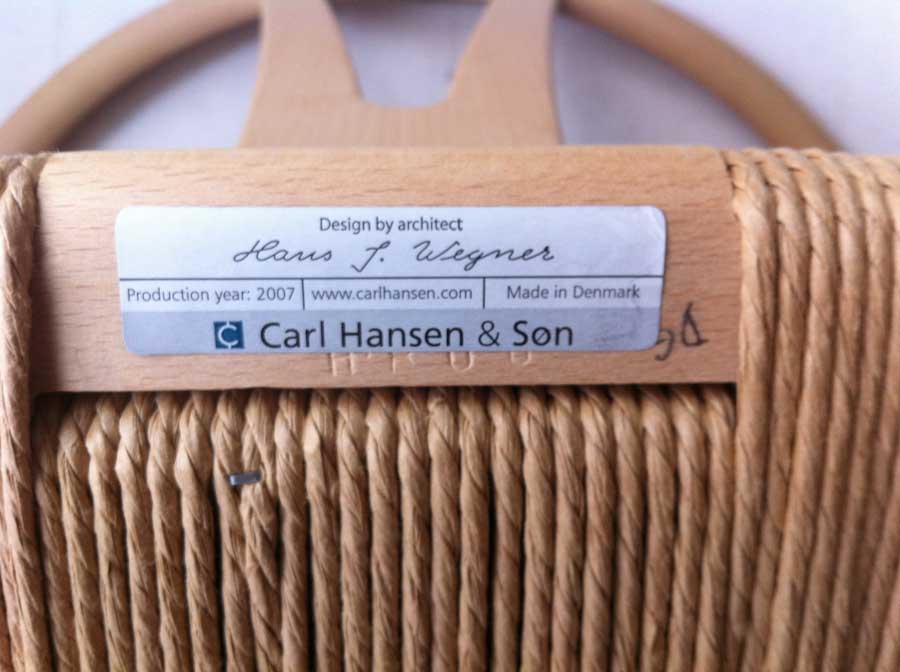
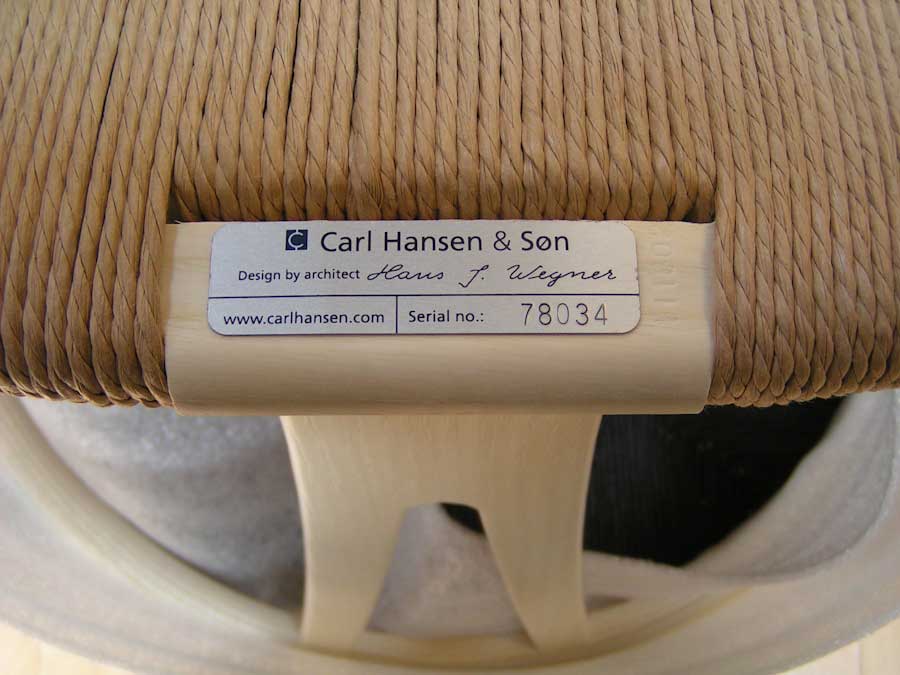
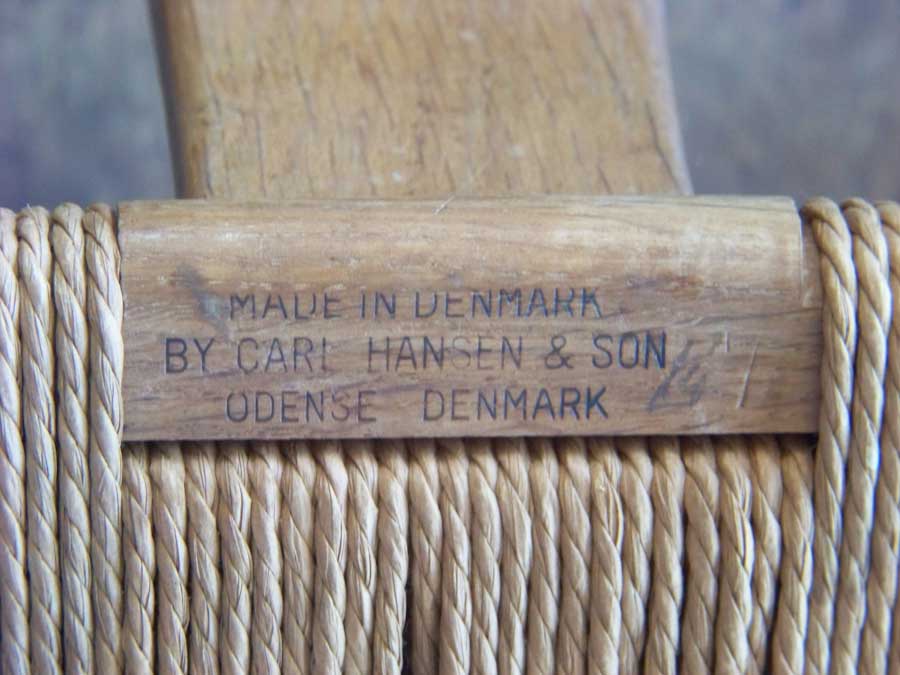
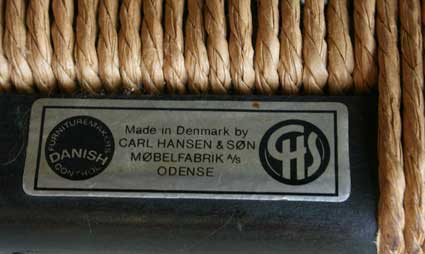
About The DesignerHans Wegner is popularly called a ‘Danish Modernist’ as he favored Scandinavian design that features functional, unadorned furniture. 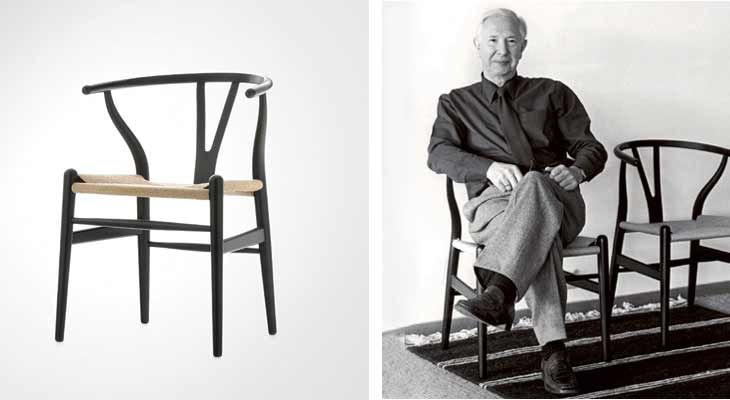
The solid wood frame of the Wishbone Chair showed Wegner’s love of this material. It was his medium of choice for what he viewed as the essential chair. "The chair does not exist. The good chair is a task one is never completely done with. The designer believed in "stripping the old chairs of their outer style and letting them appear in their pure construction." – Hans J. Wegner Living Room | Dining Room | Bedroom | Kitchen | Bathroom | Space Organization | Home Lighting | Home Decor Fabric | |



